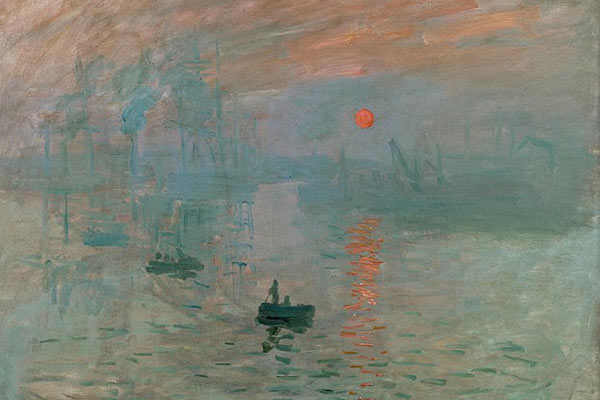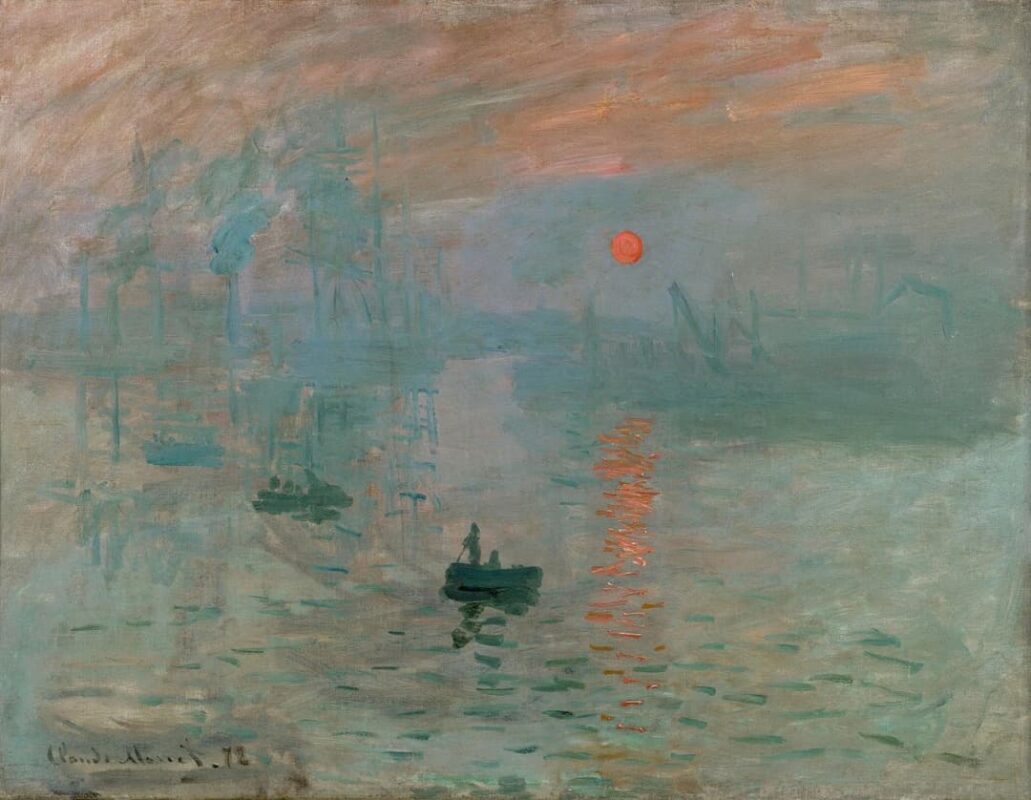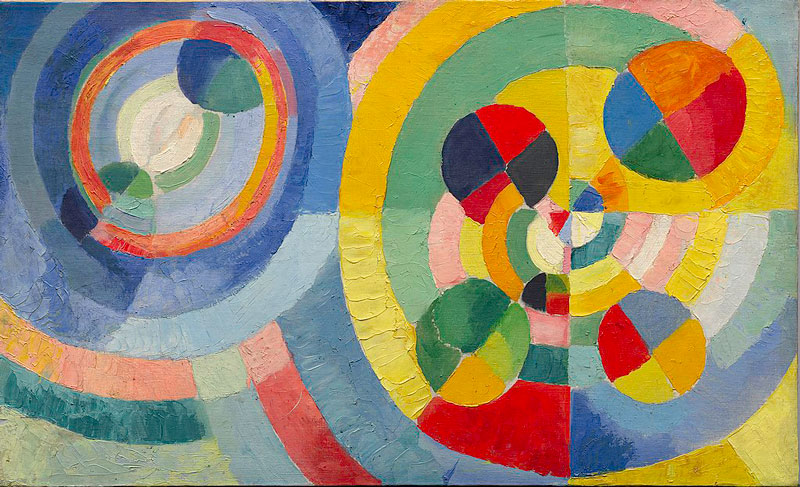
Paris 1874: The Impressionist Moment at the NGA Washington

After its presentation at the Musée d’Orsay, Paris, the exhibition “Paris 1874: The Impressionist Moment” will be shown at the National Gallery of Washington from September 8, 2024 to January 19, 2025.
Source: National Gallery of Art, Washington · Image: Claude Monet, “Impression, Sunrise”, 1872
On April 15, 1874, an exhibition by the “Anonymous Society of Painters, Sculptors, and Engravers, etc.” opened at the Parisian studio of the photographer Nadar on the Boulevard des Capucines. It was a defiant response to the official, government-sponsored annual exhibition known as the Paris Salon. The first exhibition of these Société anonyme artists included works by Claude Monet, Auguste Renoir, Edgar Degas, Berthe Morisot, Camille Pissarro, Alfred Sisley, and Paul Cézanne, later known as impressionists. This now-legendary event is often considered the birth of modernist painting and remains a key moment in the history of Western art.
Honoring the 150th anniversary of the first impressionist exhibition, Paris 1874: The Impressionist Moment brings together some 130 paintings, works on paper, prints, sculptures, and photographs to explore the various ways that artists responded to a city recovering from the violence of war and enormous political and social upheaval.
What exactly happened in Paris in the spring of 1874, and what meaning can we attach to the emergence of this artistic movement? Works shown at the first impressionist exhibition will be put into perspective alongside paintings and sculptures displayed at the official 1874 Salon. This unprecedented juxtaposition will help us understand the visual shock that visitors experienced when first encountering the works of the impressionists.
The exhibition will also explore the circumstances that led more than 30 artists to defy the official system of the Salon, with its judges, prizes, and government approval, by showing their art independently. At the time, France was struggling to recover from its defeat in the Franco-Prussian War of 1870–1871, the siege of Paris and the violence of civil war. Following these crises, artists were rethinking their art, discovering their voices, and exploring new directions.


